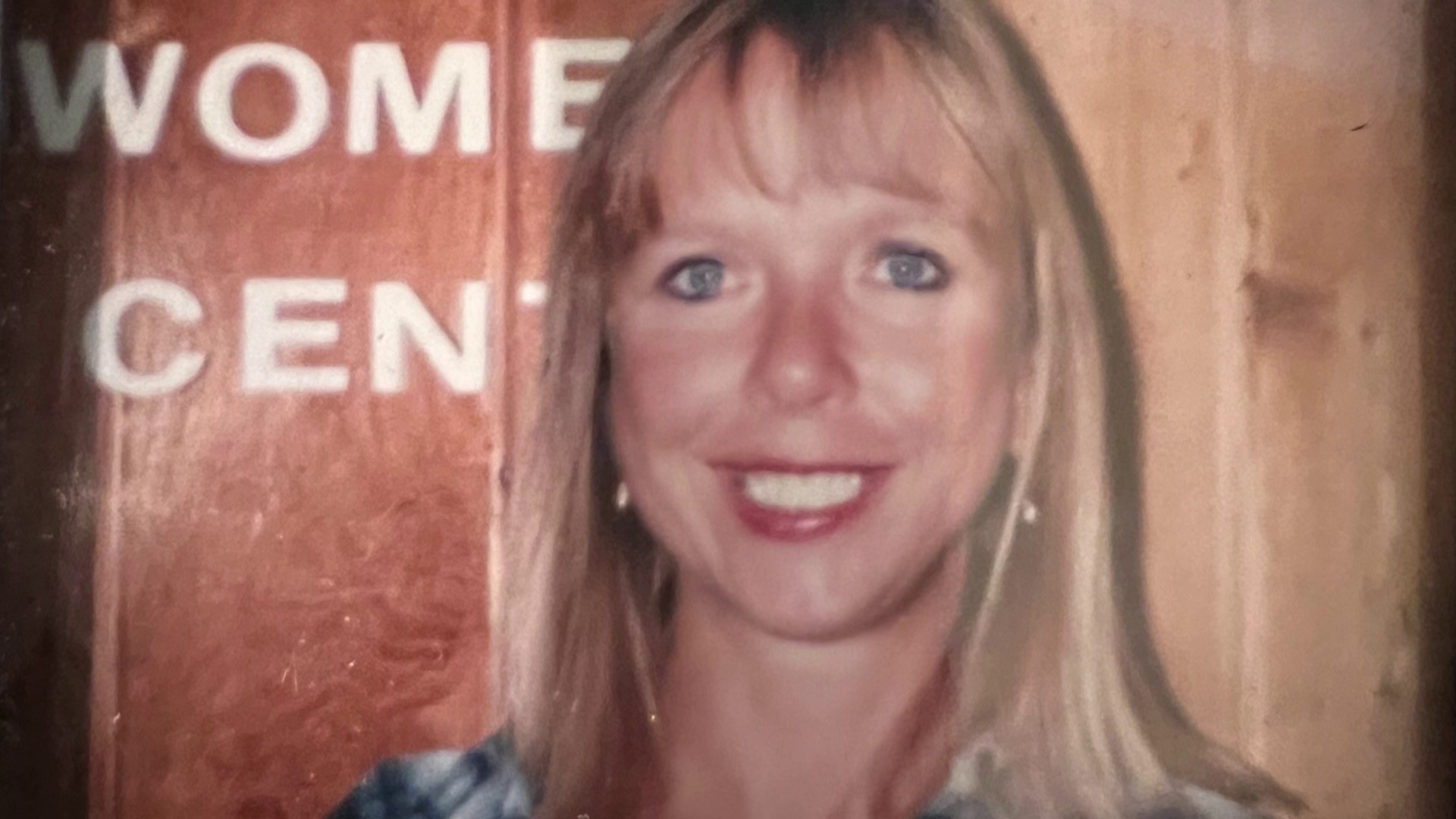FORT WORTH, Texas — The case of Mimi Hunter Fitzgerald stands out because it touches on mental health, homelessness and a family’s desperation to find her killer.
Fitzgerald was educated, giving, and loved to serve others.
”She liked doing hospice work, she was a hospice social worker, she was very religious, spiritual, and never missed church. Very much a sort of a servant leader,” said Gini Connolly, daughter.
Fitzgerald was raising two children and working. But in her 30s, it became apparent there was something wrong.
“She struggled with mental health, mental fitness issues as people say now, but some doctors would say bipolar, and some said schizophrenia,” said Connolly.
Fitzgerald’s family says on her own she decided to live on the streets. She would live in her car and wouldn’t take money from her family or let them help her.
”It was a tough time. And people that haven’t gone through it don’t understand when you see people homeless, that there is a story, and there’s loved ones that are trying to help,” said Connolly.
Fitzgerald’s family says she was paranoid and was afraid someone was trying to hurt her.
And on August 15, 1998, her fears came true. At about 6 a.m., she was last seen outside the Presbyterian Night Shelter in Fort Worth.
“It was soon after about 6:30 a.m. that we received the call that there had been a female laying outside that had been apparently beaten and her clothing had been removed and she was not responsive,” said Detective John Galloway, Fort Worth Police Cold Case Unit.
Police say there were no witnesses, but shortly before she was beaten to death, they did see her sitting next to a man. Police released a composite sketch of him but unfortunately it didn’t help.
Police don’t have a lot of evidence, but they did find DNA and, years later, were able to run it through the FBI’s DNA database called CODIS.
”Well, in 2003, is when they got the profile that identified a male suspect. So that was put into CODIS system and that’s where it remains today, there have been no matches over the last couple of decades of that process of trying to match it to another sample,” Galloway said.
Since there have been no matches, police hope it can be solved through genetic genealogy -- where a DNA sample is taken and matched to a relative.
"When we use the DNA genealogy, we are searching databases to find individuals that share a high proportion of DNA with you,” said Michael Coble, with UNT Health Science Center.
Once they get a profile from a relative, then detectives can begin tracing it back to a suspect, and then police get a DNA sample from the suspect to confirm he’s the killer.
”Oh, definitely, we will get a family name essentially from the male side of the family," Galloway said. "From there we start to determine who was actually in Fort Worth at the time."
Genealogy is revolutionizing law enforcement and if they can identify a profile there is a very high probability, they will catch the killer. – Her family has hope. Her daughter still remembers the last time she spoke with her mom just a week before died.
”And it was probably the longest conversation in two years that I had with her. I always consider it a little bit of a blessing in this whole horrible event,” said Connolly.
Her family wants people to remember the homeless and the people who suffer from mental illness. In 1998 the same year she was killed a shelter was opened and named after Mimi.
“The Mimi Fitzgerald safe haven is part of Presbyterian night shelter. And I think it houses 10 women 10 Men with severe mental illness that shouldn't be probably on the streets. So that was really a neat honor.”
Mimi’s was tormented but her whole life she wanted to help others so the shelter is her legacy to take care of others who suffered just life her.

